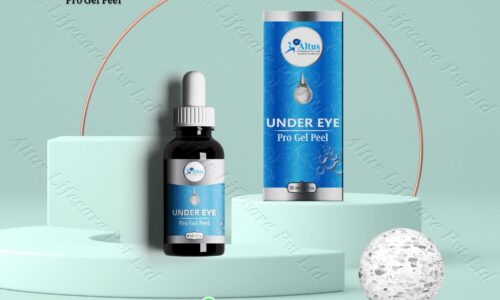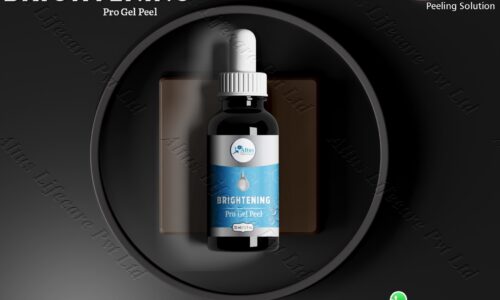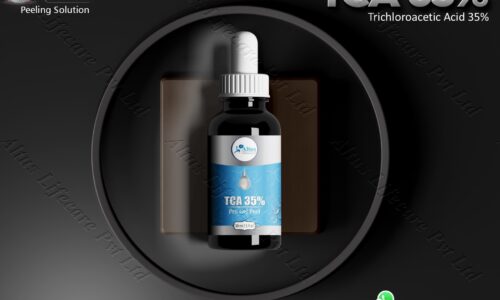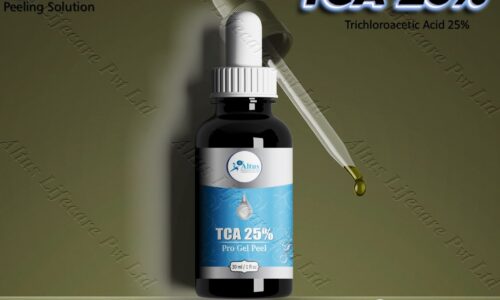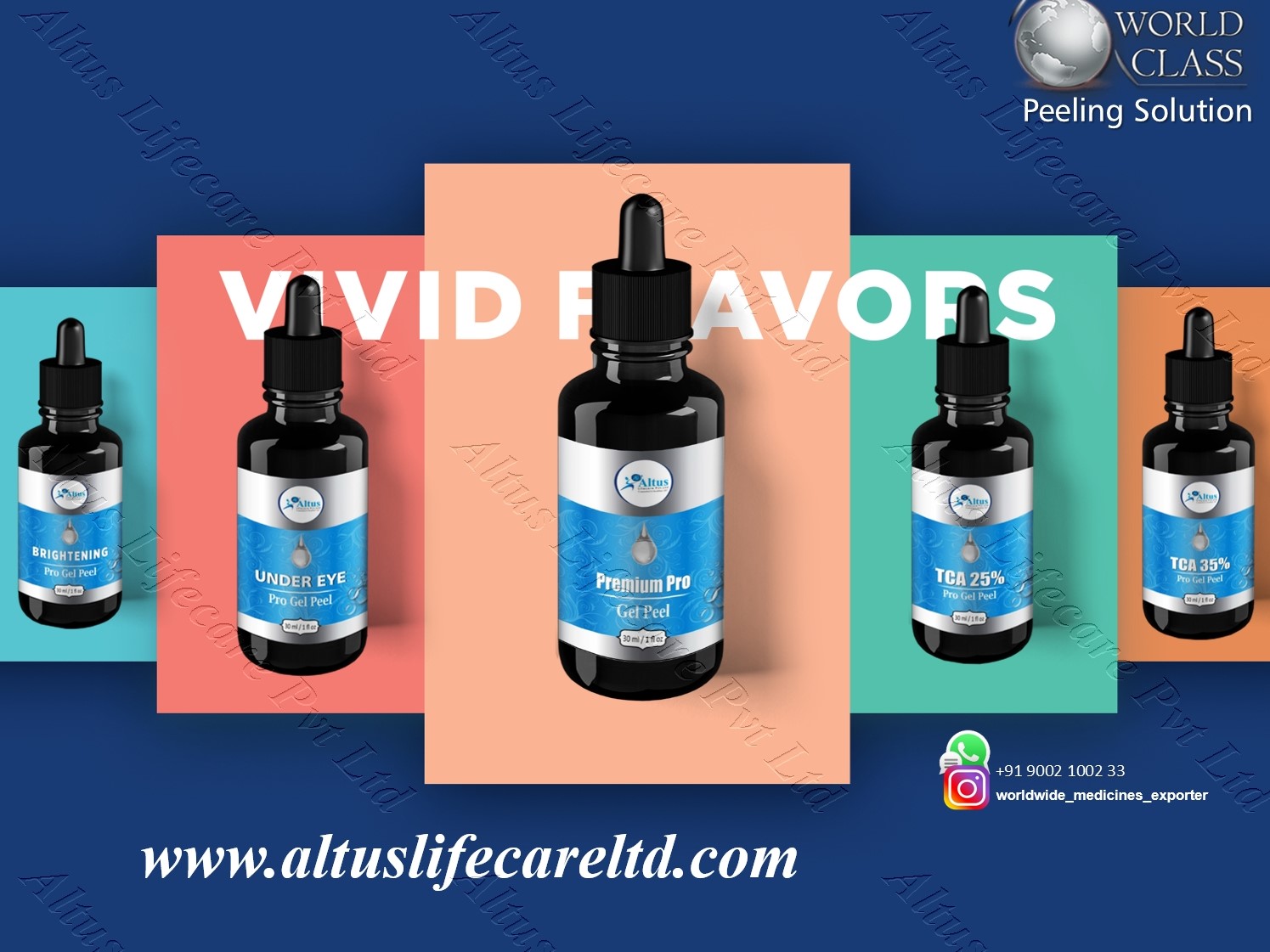
Hyperpigmentation: What It Is and How to Treat It
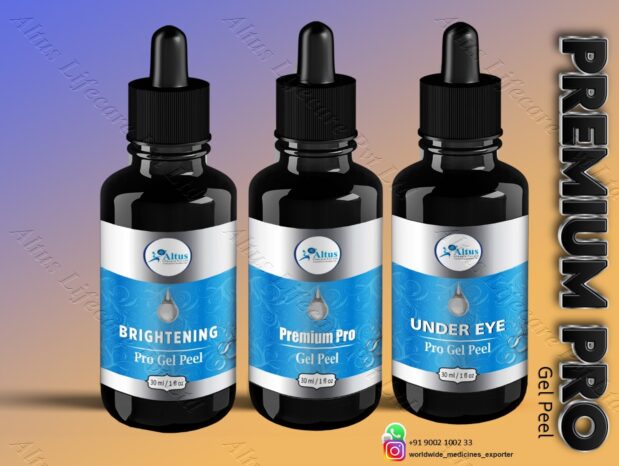
Hyperpigmentation is one of the most common skin complaints– these pesky, dark-colored patches can pop up seemingly out of nowhere and take months or even years to treat. Let’s learn more about the different types of this all-too-common skin condition, how to treat them, and what you can do to prevent them from surfacing in the first place.
WHAT IS HYPERPIGMENTATION?
Think of hyperpigmentation as a fancy way of saying “too much pigment.” The color of our skin is determined by melanocytes, pigment-making cells in the skin. When the skin produces too much melanin in some spots, it causes patches of discoloration. Hyperpigmentation is either localized or diffuse, which means it can either appear in small patches or affect larger areas of the skin.
WHAT CAUSES HYPERPIGMENTATION?
While localized hyperpigmentation is totally normal, diffuse hyperpigmentation over very large areas of the body can be a result of serious medical conditions like Addison’s disease, hyperthyroidism, or hemochromatosis so be sure to talk to your doctor if you notice large changes in your skin pigment.
Localized hyperpigmentation is usually caused by an inflammatory response that signals the skin to produce excess melanin. This can be triggered by hormonal fluctuations, stress, sun exposure, trauma to the skin or genetic factors. People with darker skin tones who naturally produce more melanin are more susceptible to developing hyperpigmentation than people with lighter skin.
SUN-INDUCED HYPERPIGMENTATION (UV): Sun exposure is the most common cause of hyperpigmentation. UV rays damage the skin, signaling to the cells that they should produce more pigment to protect themselves. The resulting hyperpigmentation–often called sun spots, liver spots, or age spots–sometimes appears right away, but more often than not surfaces years after the initial sun damage occurred. While UV hyperpigmentation generally appears on areas most often exposed to the sun like the cheekbones, neck and hands, UV rays can also exacerbate other forms of hyperpigmentation like PIH or melasma.
POST- INFLAMMATORY HYPERPIGMENTATION (PIH): This type of hyperpigmentation occurs after a skin injury or trauma, like a breakout or an eczema flare-up. This happens when the body overcompensates during the healing process and produces too much pigment to replace the affected cells. Unlike UV hyperpigmentation and melasma which can be very deep, this type of hyperpigmentation is generally easier to treat. While PIH often fades with time, treatments like at-home peels, dermaplaning and microneedling can help it brighten more quickly.
MELASMA: Unlike other forms of hyperpigmentation, melasma is often triggered by hormonal changes and has been nicknamed “pregnancy mask” because it appears on the cheekbones and forehead during or after pregnancy. Although most commonly attributed to pregnancy and hormonal birth control, melasma can affect anyone at any time, making it difficult for dermatologists to point to hormones as the only underlying cause. People with a genetic predisposition and those who have naturally darker skin are more likely to develop melasma.
HOW TO TREAT
Because hyper pigmentation is often triggered by multiple factors, it’s important to take a similar approach to treatment. Although there isn’t one cure for hyper pigmentation, trying a combination of preventative, at-home, and professional procedures can all achieve visible results. With any treatment, patience is key– hyper pigmentation does fade, but it can take time. In the case of melasma, it’s especially important to avoid further inflaming the skin during treatment. Start slow to ensure that you aren’t causing irritation that can make melasma worse.
PREVENT: The best way to treat any skin condition is to prevent it from occurring in the first place. Since almost all forms of hyper pigmentation are exacerbated by sun exposure, it’s important to limit your time in the sun and embrace SPF. Reach for a broad-spectrum sunscreen with UVA/UVB protection of 30 or higher, and re-apply every two hours if you are going to be in the sun. Choose a physical SPF over a chemical one if you can: chemical sun protectants convert UV rays into heat, which can exacerbate melasma in particular.
EXFOLIATE: Exfoliation can treat most forms of hyper pigmentation, including melasma. Reach for a peel rich in AHAs and Trichloroacetic acid like our TCA LACTIC & GLYCOLIC FACE FEEL to evenly exfoliate the outermost layer of the skin and visibly brighten. Once weekly before you peel, use our DERMAPLANING EXFOLIATION TOOL to physically remove the top layer of dead skin and help your peel work more effectively. Using a peel and dermaplaning together helps enhance and speed your results.
BRIGHTEN: Speeding up cellular turnover can bring pigmented cells to the surface faster, revealing brighter, newer skin underneath. Our SERUM contains vegan growth factors that help stimulate the skin’s regeneration response and brighten hyper pigmentation over time
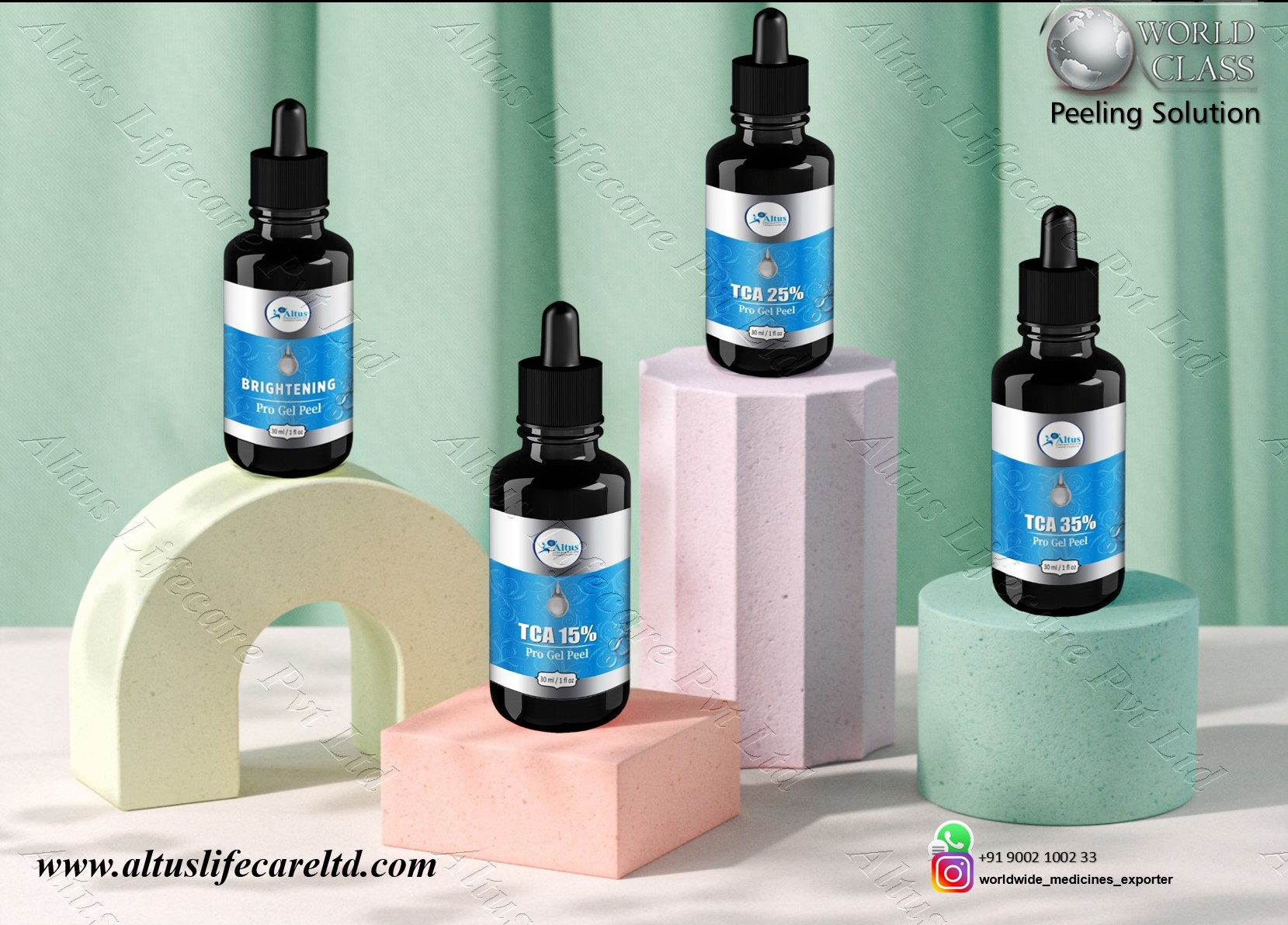
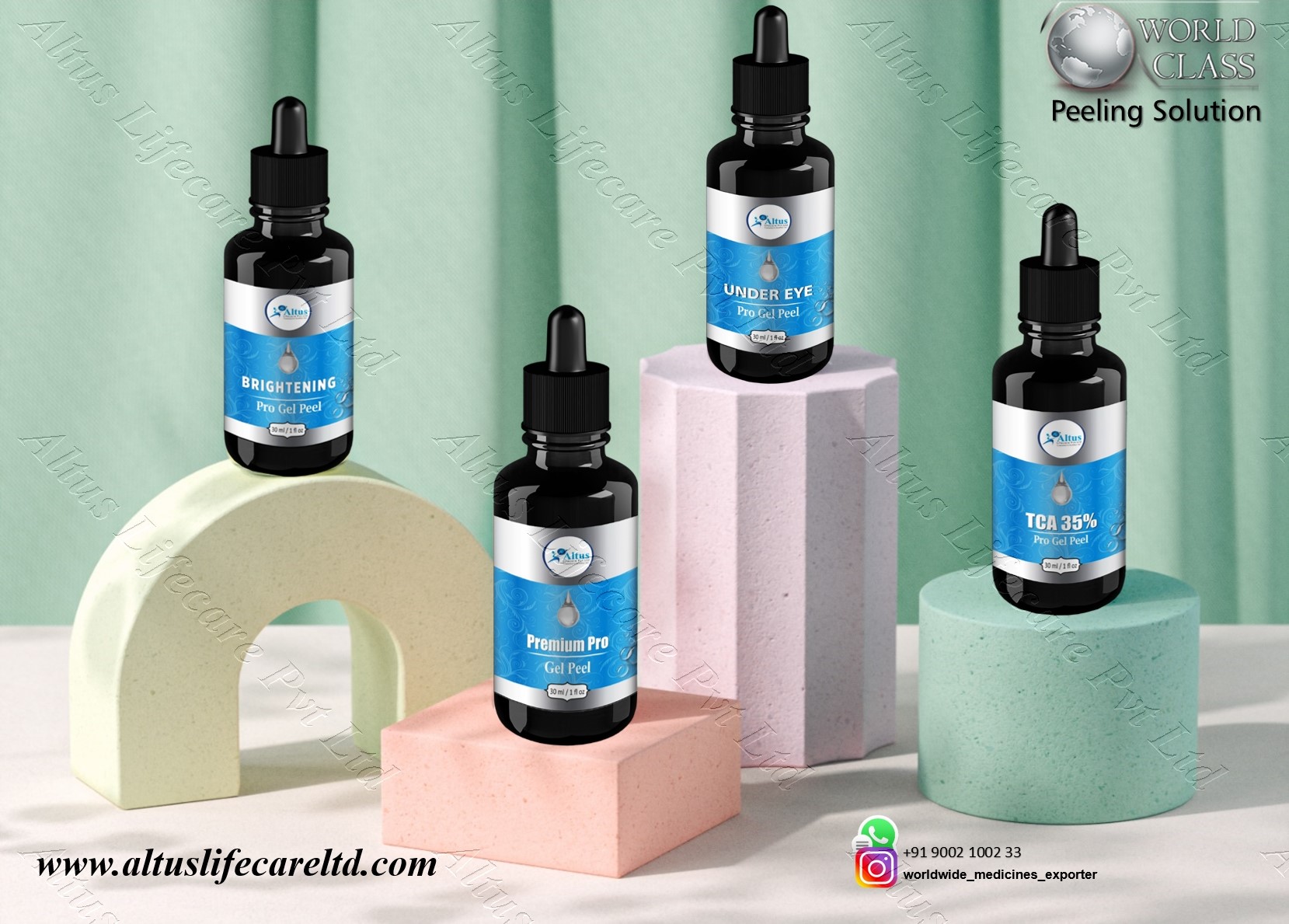
What Do Chemical Peels for Hyperpigmentation Do?
A chemical peel for hyperpigmentation helps diminish it and even out the skin tone.
By penetrating deep into the skin, chemicals break up clusters of melanin that are responsible for the appearance of dark spots. The top layers of skin are stripped away during a chemical peel, allowing for the formation of new, healthy skin beneath.
Removing extra melanin from the skin lessens the visibility of dark skin patches. New skin should have a more uniform distribution of color, and blend better with the surrounding skin.
It can take several sessions, though. The extent to which the hyperpigmentation is reduced depends on the concentration of the peel, as well as the severity of the condition. But more on that later.
Types of Chemical Peels for Hyperpigmentation
Chemical peels for hyperpigmentation come in a wide variety of potencies and types. They’re categorized according to their intensity. There are 3 categories: light (AHAs, BHAs), medium depth (TCA, Jessner’s solution), and deep (Phenol).
Light Chemical Peels for Hyperpigmentation
Light chemical peels don’t penetrate that deep into the skin, making them the safest choice out of all chemical peel for hyper pigmentation. Don’t worry – surface level doesn’t mean it’s not effective!
There are a few different acids in this group. The main division is into AHAs and BHAs – which you might’ve even seen in some of your skincare products, in very low concentrations. The most common are glycolic acid, lactic acid, and salicylic acid.
Glycolic Acid
Glycolic acid peels target mild cases of dark spots and hyper pigmentation. Since it is a light chemical peel, it doesn’t penetrate deep into the skin. It’s milder than other AHA peels. This makes it safer, as there’s less risk of side effects.
It can be used at a range of 20% to 50%, depending on the skin condition.
Lactic Acid
Lactic acid peels are perfect for those that haven’t done chemical peel before, and those with sensitive skin. It’s even milder than glycolic acid and can be used in concentrations as low as 5-15%.
Although it doesn’t penetrate the skin at a deeper level, this acid has shown to be effective in treating dark spots and evening out skin tone.
Salicylic Acid
Salicylic acid peel is a BHA peel that treats acne hyper pigmentation leftover from acne. It also has anti-inflammatory properties, so it’s well suited to dark spots caused by inflammation (like those caused by acne).
Salicylic acid has shown good results for treating dark spots at a light to medium strength, 10–30% concentration.
Medium Chemical Peels for Hyperpigmentation
Medium chemical peel include TCA (trichloroacetic acid), Jessner’s solution (which consists of a combination of salicylic acid, resorcinol, lactic acid, and ethanol) as well as higher concentrations of glycolic and other light acids. But the most commonly used are:
Trichloroacetic Acid
TCA peels can be used in different concentrations depending on how dark the dark spots are.
Medium to deep TCA peels are very effective in buffing away dark spots and hyper pigmentation. Light hyperpigmentation can be treated with 10–15% concentration while more than surface level spots might require a stronger 20–35% concentration.
Since it penetrates deeper, it’s not well-suited for clients with darker skin tones.
Deep Chemical Peels for Hyperpigmentation
Deep chemical peel are very aggressive treatments, meaning they carry the most side effects and risk, but also show the best results.
Despite that, these peels will probably not be the first choice for treating hyper pigmentation. With the exception of really severe cases, it’s always best to do multiple weaker peels than go straight for a deep peel.
Phenol, also known as carbolic acid, is the most aggressive deep chemical peel. It is extremely effective at treating severe sun damage, however, it has severe side effects as well.
Deep chemical peel also include some of the acids already mentioned but in high concentrations.
So, What is the Best Chemical Peel for Hyperpigmentation?
Generally, the best chemical peel for hyper pigmentation are considered to be light to medium concentration ones. Most often, the recommendations are one of the following 3:
- Glycolic acid
- Salicylic acid
- Trichloroacetic acid (TCA)
Each acid contains certain properties which make it more beneficial for some skin types over others. So, since it’s all so individual, the best chemical peel is the one that works for your skin needs.
But the type of acid isn’t the only thing to be considered. The effectiveness is influenced by the concentration of the peeling agent as well.
Dark spots can be treated with a lighter peel, although deeper peels with larger concentrations may produce more noticeable improvement. Deep peels are suitable only for very severe cases, as they carry severe risks and side effects, and require more healing time and aftercare.
Another thing to note is that while being well informed is great, you can’t decide on which peel you’ll get by yourself. Ultimately that is decided by your technician during the consultations.
Can Chemical Peels Cause Hyperpigmentation?
Chemical peels can cause hyperpigmentation. They trigger the body’s regeneration process, which includes some inflammation. The inflammation further triggers the production of excess melanin which can lead to hyperpigmentation.
The likelihood of post-inflammatory hyper pigmentation occurring is higher for stronger concentrations of chemical peel. So, the weaker the peel, the less likely it is to cause further hyper pigmentation.
Another way chemical peel can technically cause hyper pigmentation is if you ignore warnings about sunscreen. It needs to be applied regularly during the recovery period in order to prevent sun-induced dark spots.
The best chemical peel for hyper pigmentation, in the sense that it’s the least likely to cause any post-inflammatory hyper pigmentation, is the salicylic acid peel because it’s anti-inflammatory.

Buy Hyperpigmentation Peel online from www.worldclassbeautyskincare.com

